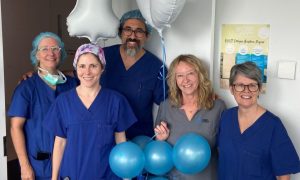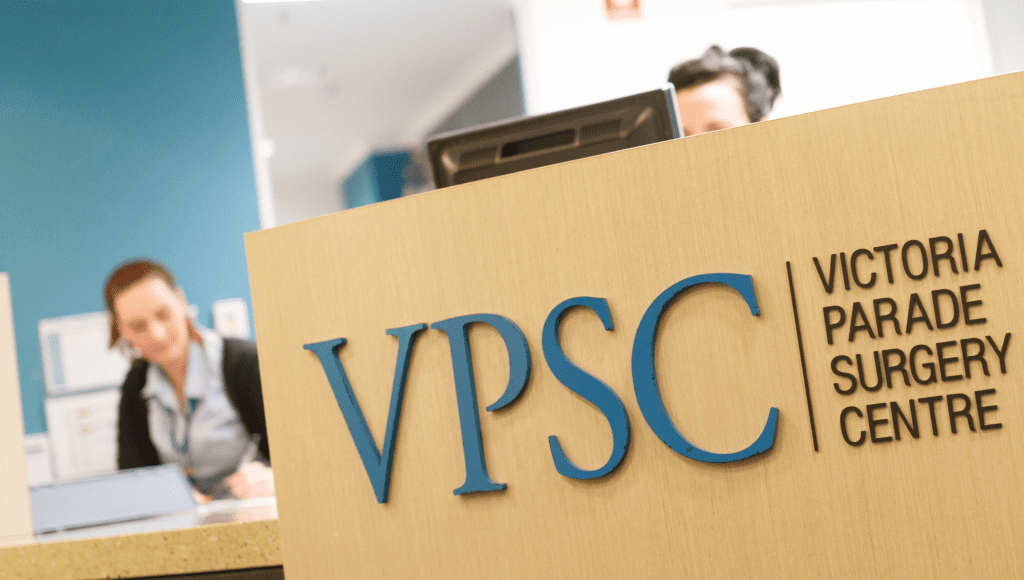Cura Group navigation
Hospital information
General information
Our procedures
Use the expand and collapse feature below to find more information, and patient information videos about the procedure you are undergoing.
Adenoidectomy is a surgical procedure performed to remove the adenoids (a mass of lymphoid tissue located behind the nasal passages).
Functional endoscopic sinus surgery (FESS) is a surgical treatment for some diseases of the nose and paranasal sinuses. It is usually undertaken as surgical treatment for sinusitis and nasal polyposis, including fungal sinusitis.
Mastiodectomy is a surgical procedure to remove an infected portion of the bone behind the ear when medical treatment is not effective.
Laryngoscopy refers to a procedure used to view the inside of the larynx (the voice box).
Septoplasty is a corrective surgical procedure undertaken to straighten the nasal septum (the partition between the two nasal cavities).
A stapedectomy is a surgical procedure of the middle ear performed to improve hearing.
A tonsillectomy is a surgical procedure in which the tonsils are removed from either side of the throat.
In chronic cases of otitis media with effusions present for months, surgery is sometimes performed to insert a grommet, called a “tympanostomy tube” into the eardrum to allow air to pass through into the middle ear, and release any pressure build up and help clear excess fluid within.
A blepharoplasty is a procedure which removes excess or sagging skin from upper and/or lower eyelids. The surgery is usually performed for cosmetic reasons however; it can improve sight in patients whose eyelids are obscuring their vision.
A canthoplasty is a surgical procedure that tightens the area around the eye in order to correct a drooping appearance, and create an upward slant in the outer corner of the eye.
A chalazion is a lump on the eyelid that is usually caused by obstruction of the drainage duct of an oil gland within the upper or lower eyelid. Surgical removal of chalazion may become necessary if vision becomes obscured, or an astigmatism.
A Dacryocystorhinostomy (DCR) is an operation performed to unblock the nasolacrimal duct (tear duct).
Ectropion is a medical condition where the eyelid folds outward. Corrective surgery involves the removal of a small piece of the fold to tighten the muscles in the area.
Entropion is a medical condition where the eyelid folds inward. Corrective surgery involves the removal of a small piece of the fold to tighten the muscles in the area.
Excision of lesions is a procedure to remove growths such as lesions, moles and tumours from the skin, sometimes accompanied by frozen sections and followed by sutures or a graft. The most common reason for undertaking this procedure is for the removal of skin cancers such as Basal Cell Carcinoma which is the most common skin cancer on the face.
Ptosis is a drooping of the upper eyelid. Corrective surgery is performed by tightening the levator muscle through an incision in the normal crease in the upper lid.
Cataract surgery is the surgical replacement of a cloudy lens with an artificial intraocular lens (IOL) implant to restore vision. The cloudy lens is broken up and removed with an ultrasound probe through a very small incision in the eye, and the artificial lens is inserted.
An ICL procedure involves the insertion of an implantable contact lens in the front chamber of the eye, leaving the natural lens intact. The procedure, undertaken to correct short- or long-sightedness, is often used as an alternative to corrective laser procedures.
Intravitreal injections are used in the treatment of Age-Related Macular Degeneration. The Injections work by inhibiting the growth of abnormal blood vessels at the macula, and help to prevent leakage of these blood vessels.
A penetrating keratoplasty, or corneal transplant, replaces diseased or scarred corneal tissue with healthy tissue from an organ donor. Corneal transplants can treat a number of conditions such as keratoconus, Fuchs’ dystrophy, corneal infection, corneal dystrophy and corneal injury or trauma.
Pneumatic Retinopexy is a procedure in which retinal detachment is treated through the injection of a gas bubble.
A pterygium is a growth of blood vessels and fibrous tissues covering the surface of the eye due to over-exposure to sunlight over an extended period of time. A pterygium is treated with a surgical excision and an auto-conjunctival graft.
A refractive lensectomy or refractive lens exchange, replaces the natural lens with an artificial intraocular lens (IOL) implant. The surgery is usually performed to reduce a patient’s dependence on glasses or contact lenses.
A scleral buckle is when a silicone band is placed on the outer wall of the eye to close a retinal tear. Injections of gas or cryotherapy (intense cold) are also used to assist the buckle in closing the retinal tear.
Squint surgery involves tightening the extraocular eye muscles to change the eye position in order to correct a turned eye.
Glaucoma is characterised by elevated intraocular pressure associated with optic cupping and visual field loss. Trabeculectomy surgery lowers intraocular pressure by forming a new drainage to allow fluid to escape from the eye.
Vitrectomy is a surgery which removes the vitreous gel from the eye to assist in the repair of retinal detachments, macular holes and retinal membrane surgeries.
- Follow Victoria Parade Surgery Centre on social




